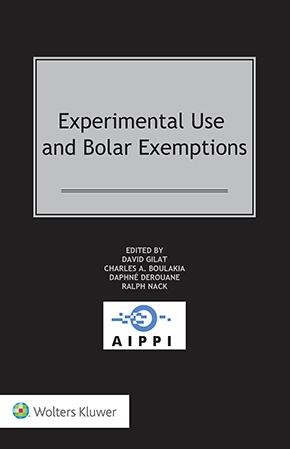We are now closed for the Christmas and New Year period, returning on Monday 5th January 2026. Orders placed during this time will be processed upon our return on 5th January.

This book explores one of the most contested and thought-provoking questions in patent law: the limits of patent protection. At the heart of this debate lie two crucial legal exemptions—the Experimental Use exemption and the Bolar-type exemption—both of which strike delicate balances between private rights and the public good.
The Experimental Use exemption, with roots in 19th-century case law, was designed to foster technological progress by excepting research and innovation from the realm of patent infringement. By contrast, the Bolar-type exemption emerged in the 1980s in response to the public interest in offering affordable medicines, represented by the generic pharmaceutical industry. Their distinct rationales have led to diverging interpretations and implementations across the globe, creating uncertainty for legislators, innovators, and industry alike.
Through analysis of landmark cases, statutory developments, and comparative insights from many jurisdictions over the world, the book reveals the ongoing tensions between innovation policy, access to medicines, and the harmonization of international patent law. It also highlights new challenges posed by emerging technologies such as biologics and biosimilars, which further complicate the scope of these exemptions.
A vital resource for legislators, policymakers, patent practitioners, and scholars, this book provides essential guidance on navigating the complexities of infringement exemptions worldwide. It will also serve as an indispensable reference for global companies advising their R&D organizations in a fragmented legal landscape.